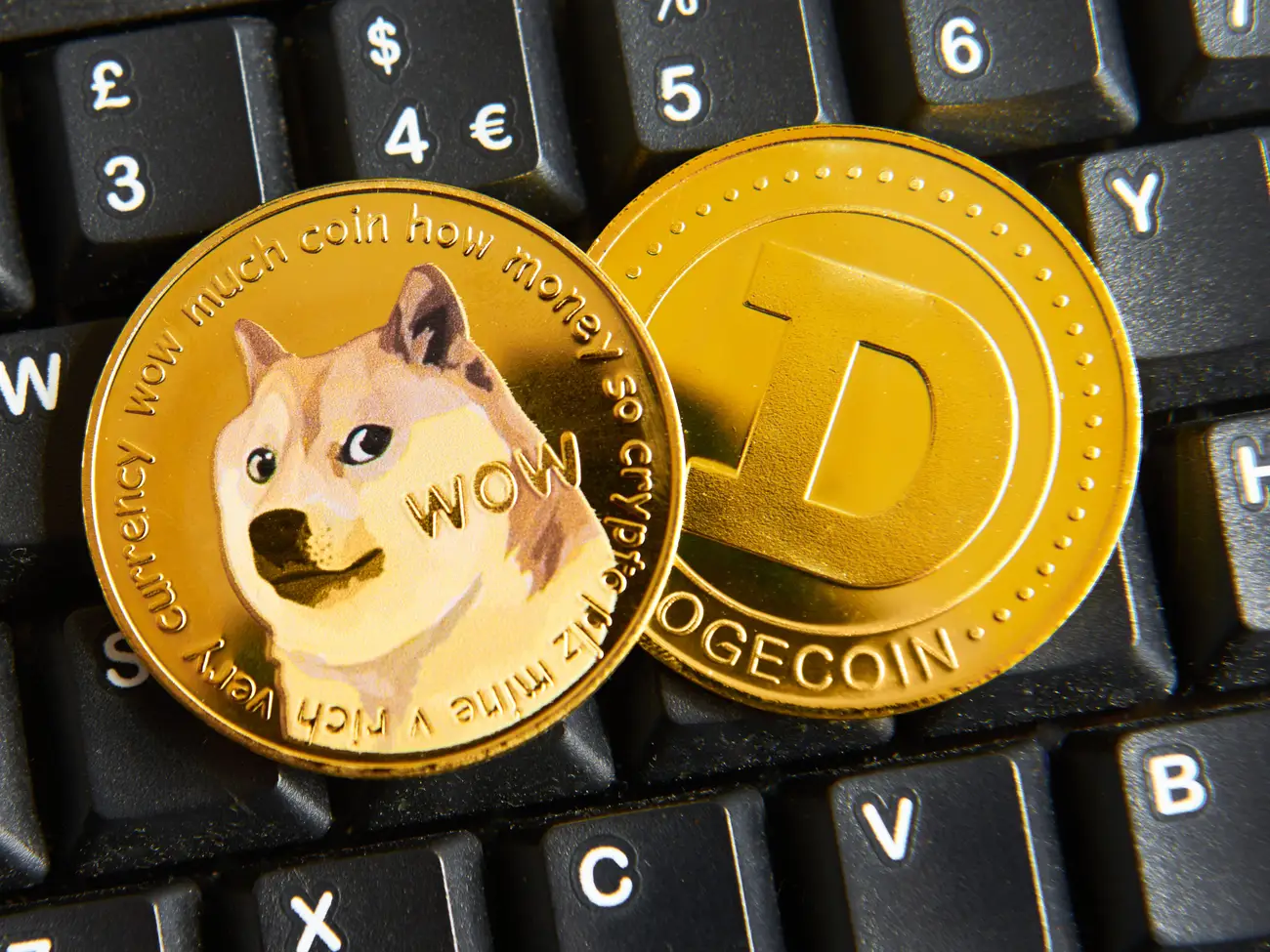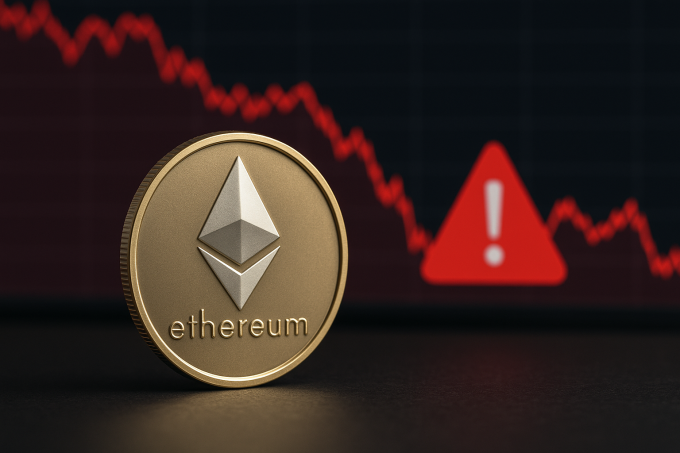Memecoins have continued to dominate trading activity across crypto platforms, luring millions of users with viral narratives and speculative gains. But while retail investors chase volatile returns, exchanges and trading platforms are emerging as the biggest winners, generating significant revenues from fees and spreads. The trend highlights a structural imbalance in the crypto ecosystem—one where attention flows to tokens, but profits accrue elsewhere.
Market Reaction and Trading Dynamics
In recent months, daily trading volumes in top memecoins such as Dogecoin, Shiba Inu, and Pepe have surged, often eclipsing more established assets. For example, Dogecoin’s daily trading activity frequently surpasses $1 billion, despite its limited technical development and low transaction utility.
This surge in activity has translated into robust fee generation for centralized exchanges, with some platforms reporting that up to 15–20% of their trading revenues are tied to memecoin speculation. While short-term volatility attracts traders, the longer-term implications for market stability remain uncertain, particularly as liquidity providers profit consistently from spreads while retail investors often face heavy drawdowns.
Regulatory Considerations and Market Structure
The explosive rise of memecoins has not gone unnoticed by regulators. Their highly speculative nature, coupled with retail-driven hype cycles, has raised concerns over investor protection and potential systemic risks. Some jurisdictions are exploring stricter disclosure rules for token listings, while others are considering whether trading platforms should bear greater responsibility for curating speculative assets.
At the same time, decentralized exchanges have seen an influx of memecoin trading activity, often without oversight. This creates additional challenges for regulators attempting to monitor cross-border flows of capital and protect investors from market manipulation or rug pulls. The regulatory response could determine whether memecoin trading remains a lucrative revenue stream for exchanges or becomes constrained by compliance obligations.
Investor Behavior and Strategic Insights
Despite repeated cycles of extreme volatility, investor appetite for memecoins has remained resilient. Retail traders are drawn to the outsized potential returns, often influenced by online communities and celebrity endorsements. However, blockchain data shows that a small group of early holders and liquidity providers capture a disproportionate share of profits.
For sophisticated investors, the trend underscores a key lesson: platforms and market makers are positioned structurally to benefit from speculative manias, while most traders face asymmetric risks. The behavioral aspect—fear of missing out (FOMO) and the appeal of low-entry-cost tokens—continues to drive inflows, despite repeated market corrections.
Looking forward, memecoins are likely to remain an integral, if unstable, part of the digital asset landscape. While platforms will continue to monetize retail enthusiasm, regulatory developments and shifting investor sentiment could reshape the balance of risk and reward. For institutional investors, the critical question is not whether memecoins will persist, but how their volatility and trading dominance will influence the broader structure of crypto markets in the years ahead.













https://shorturl.fm/rRnDE